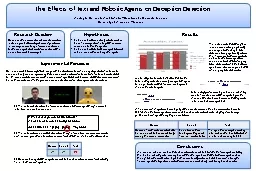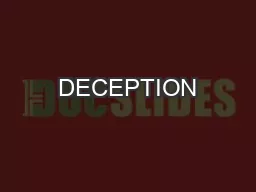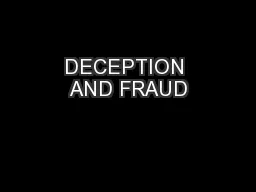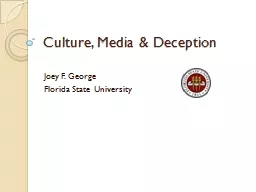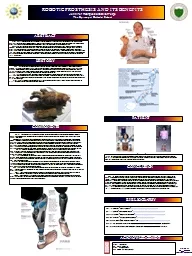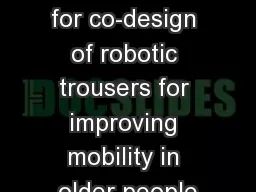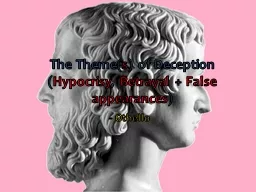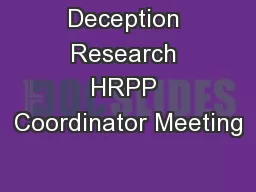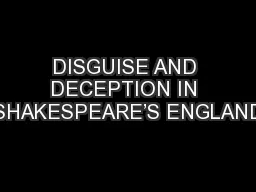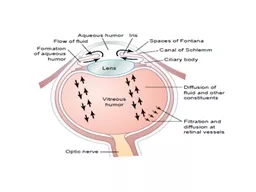PPT-The Effects of Text and Robotic Agents on Deception Detecti
Author : ellena-manuel | Published Date : 2016-05-01
Wesley Miller and Michael Seaholm Department of Computer Sciences University of Wisconsin Madison Hypotheses Research Question Our experiment follows a singlefactor
Presentation Embed Code
Download Presentation
Download Presentation The PPT/PDF document "The Effects of Text and Robotic Agents o..." is the property of its rightful owner. Permission is granted to download and print the materials on this website for personal, non-commercial use only, and to display it on your personal computer provided you do not modify the materials and that you retain all copyright notices contained in the materials. By downloading content from our website, you accept the terms of this agreement.
The Effects of Text and Robotic Agents on Deception Detecti: Transcript
Download Rules Of Document
"The Effects of Text and Robotic Agents on Deception Detecti"The content belongs to its owner. You may download and print it for personal use, without modification, and keep all copyright notices. By downloading, you agree to these terms.
Related Documents

